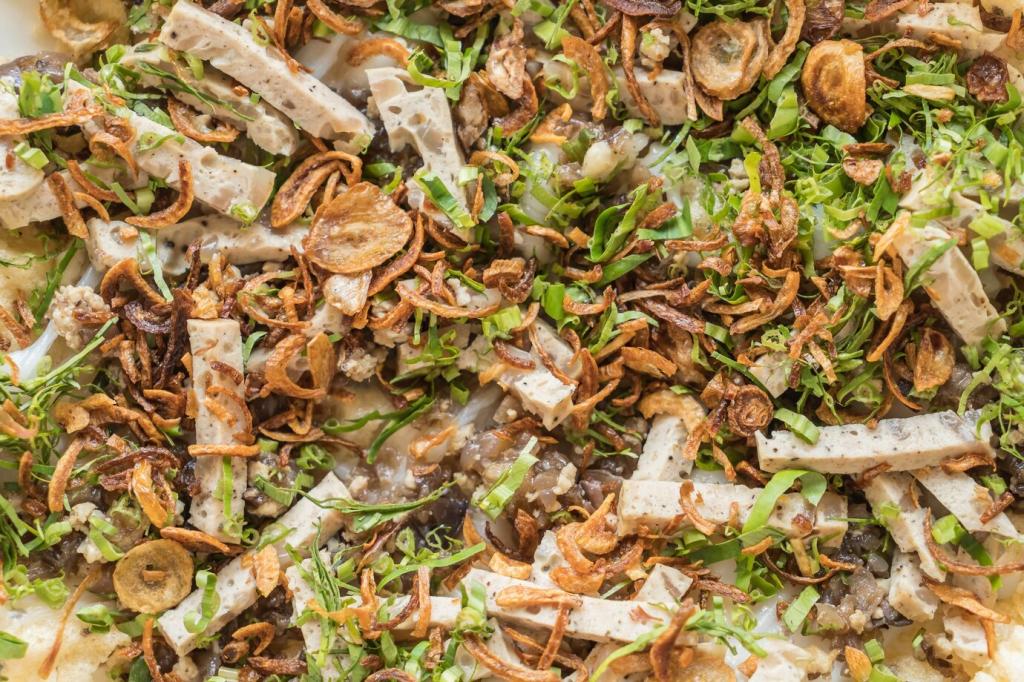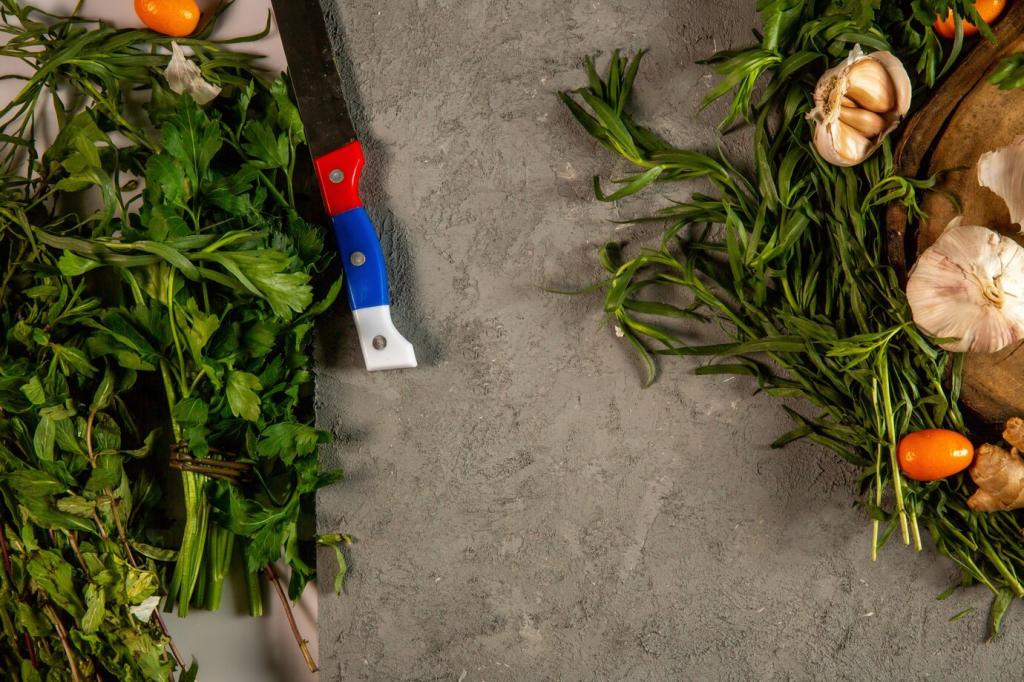Tools That Keep Your Bin Healthy
A hand trowel, narrow hand rake, or mini compost crank helps fluff materials without spilling. Gentle mixing prevents anaerobic pockets while preserving worm tunnels, if you’re vermicomposting. Keep tools in a small tote so everything stays tidy between quick maintenance sessions.
Tools That Keep Your Bin Healthy
Pack a spray bottle for light misting, a brick of coconut coir for drying out wet scraps, and a basic moisture meter if you like data. The squeeze test still works: grab a handful—one or two drops is ideal; drippy handfuls need extra browns.
Tools That Keep Your Bin Healthy
A compost thermometer is often unnecessary on balconies, where volumes stay moderate. A small kitchen scale, however, is surprisingly useful for portioning browns to greens. Add a simple notebook or phone note to track inputs, odors, and adjustments that worked for you.
Tools That Keep Your Bin Healthy
Lorem ipsum dolor sit amet, consectetur adipiscing elit. Ut elit tellus, luctus nec ullamcorper mattis, pulvinar dapibus leo.


